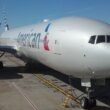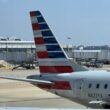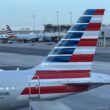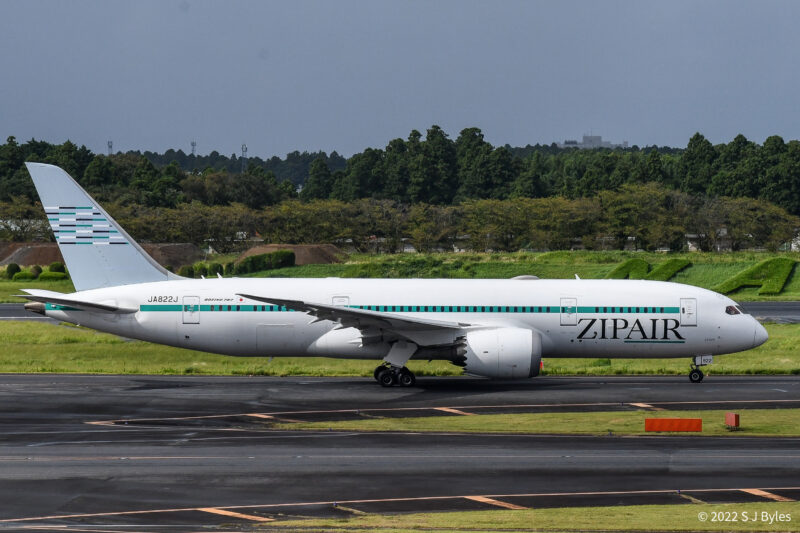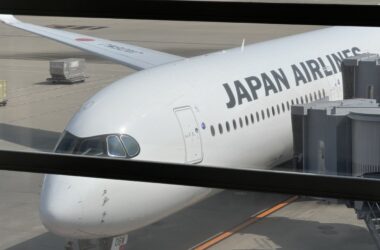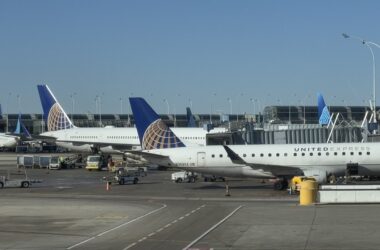As of today, July 2025, ZIPAIR operates flights to 10 destinations out of Tokyo Narita. The low-cost carrier is a subsidiary of Japan Airlines and offers lie-flat seats, generous economy class legroom, and free inflight wifi. Five years since launching service, the airline has largely been successful so far and continues to look for ways to grow.
In an interview with TBS Television, CEO Shingo Nishida discussed the airline’s operations and success so far, and a bit of a look into the future regarding network expansion.
The interview was done entirely in Japanese, but I translated everything and summarized it here.
The Houston Route, Future East Coast Expansion
First, some discussions about its new Houston route. Performance-wise, Nishida states that this route consistently is able to generate about an 80% load factor. Houston was chosen considering its growing market with booming industries, including Japanese companies such as Toyota and Daikin. More importantly, the airport serves as a connection hub as its location makes it a great option for onward destinations throughout the Midwest, Southern US, and Mexico.
I’ll also add that they probably avoided flying to Dallas as Japan Airlines already flies there, and did not want to ramp up competition for them and American Airlines. Meanwhile, United is the only other airline to fly 1x daily from Houston to Tokyo. As a route that looks to capture connecting passengers, I imagine the less competitive Houston route was also more appealing.
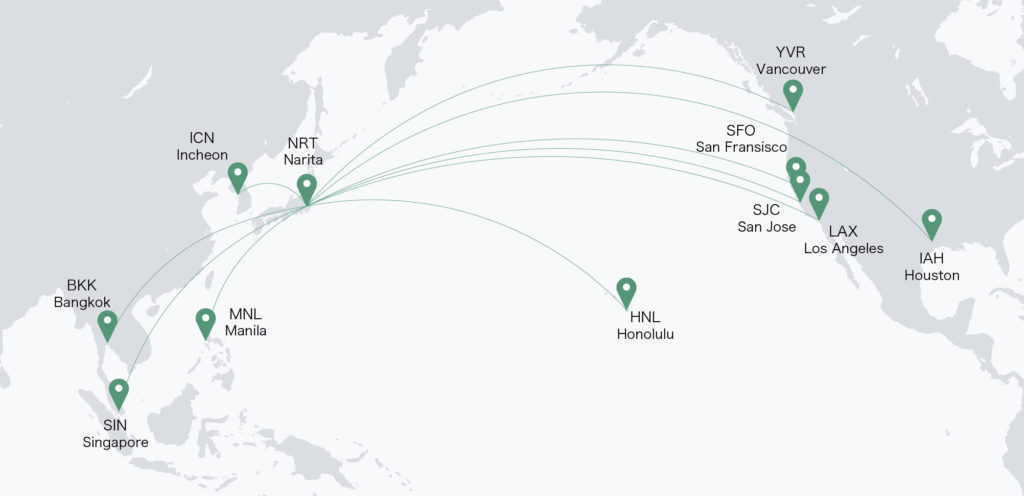
This was followed by an interesting question, asking how the airline manages to operate the Houston flights with a limited fleet. For context, this route requires more than 12 hours each way, meaning they can’t bring an aircraft down and back in a single day. Nishida noted that this was a “new challenge,” and that if it goes well, they’ll be looking to expand their network in the US and reach the East Coast as well as to further destinations in Asia.
ZIPAIR does have two Boeing 787-8s scheduled to be delivered in 2026, and will also start receiving Boeing 787-9s in 2027. Given these deliveries, this could also be the timeline for the potential expansion he mentioned.
Generally, passengers tend to value comfort the longer a flight is. This is part of the reason why long-haul low-cost carriers often fail, and it’ll be interesting to see how ZIPAIR approaches a potential expansion to the East Coast, which includes some of the most premium destinations in the world (New York City, Washington DC).
The Comfort Factor on Long-Haul LCCs
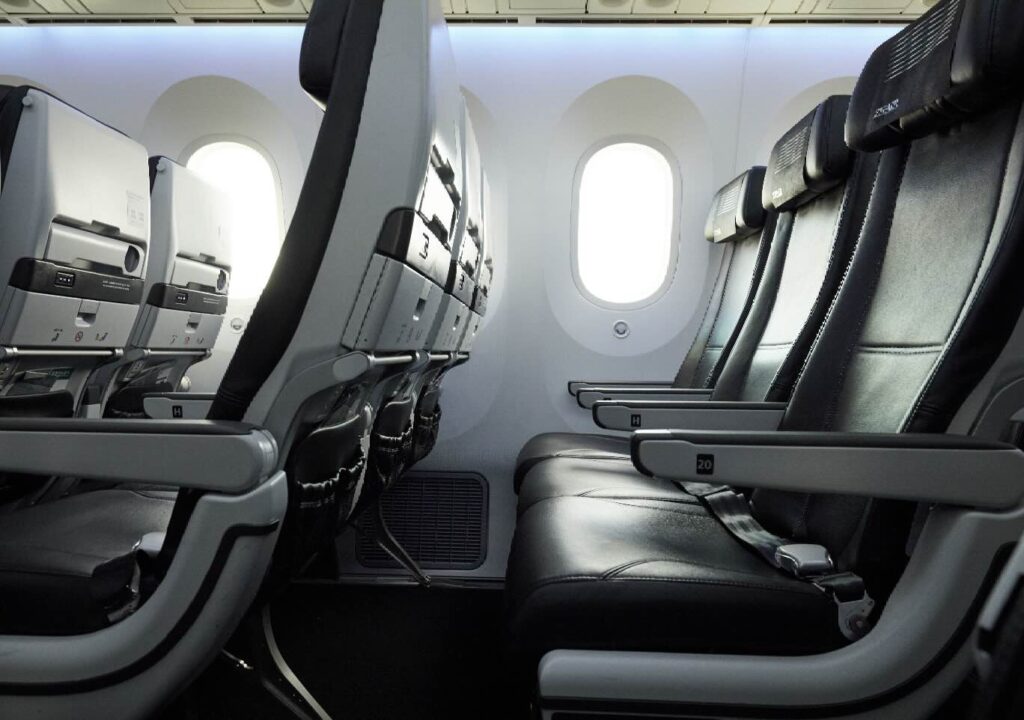
So, speaking of comfort:
ZIPAIR’s economy class seats have seat pitches of 31 inches, or 79 centimeters. I don’t think it’s anything to write home about, but I guess it’s a bit more space when compared to other short-haul LCCs. It’s a comparable measure to Delta’s economy class seats on the A350.
The interview tried to play up this “spacious” factor, with CEO Nishida stating that “it’s key to maintain space as they operate longer flights.”
I don’t think it’s revolutionary among long-haul LCCs; the 31 inches of pitch is actually the same as the seats on Norse Atlantic. But it serves its purpose for the long flights.
Financials, Operations
ZIPAIR began service in June 2020, right in the middle of the pandemic. At the time, the airline could only carry cargo as international borders were closed due to the Covid pandemic.
“After starting passenger service in 2020, the first month we were actually able to pull a profit was July 2022,” Nishida added. Since then, ZIPAIR has been performing well every year.
To a question about what has made ZIPAIR successful as a mid to long-haul LCC, Nishida pointed to Narita Airport’s key position in East Asia. It’s one of the closest airports to the United States, but it is also a key hub for flights to Southeast Asia. ZIPAIR was able to use Narita as a gateway into Asia and grow into a large network. He added that their current routes were largely seen as areas of growth before the pandemic, and they’ve been able to ride the roaring inbound travel demand into Japan since the reopening of borders.
Finally, Nishida confirmed that they do see demand in many destinations that aren’t served by them yet, and are looking to expand to such cities in the future.
Bottom Line
As I mentioned previously, many long-haul LCCs fail. Fierce competition from established airlines, loyalty, and fuel costs make it difficult for such an airline, and I think it’s been impressive to see them able to pull all of this off, especially as they continue to look for ways to expand their network.
Featured image via Wikipedia.

